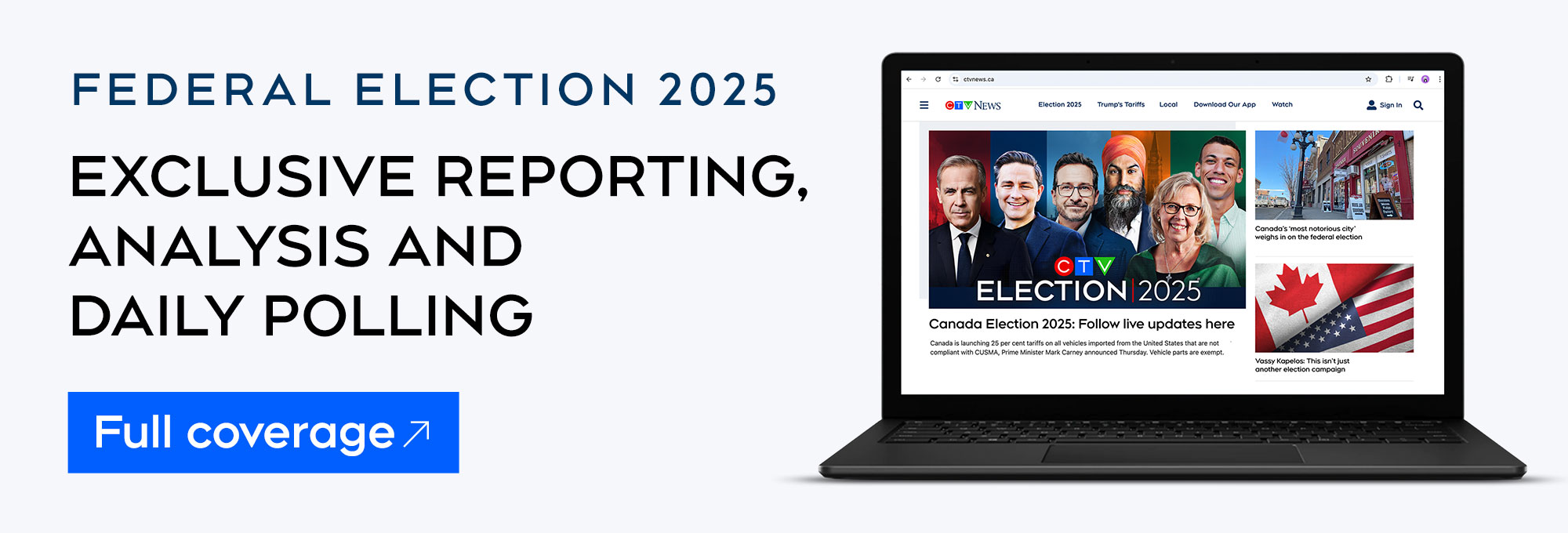Ontario Premier Doug Ford says that he will call a snap provincial election next Wednesday, ending weeks of speculation.
Ford made it official during a news conference in Brampton on Friday.
Here’s what you need to know about the coming campaign:
When could it be called and why
An election must be called on a Wednesday, according to Ontario’s Election Act.
Ford has said that he will visit the lieutenant governor next Tuesday, with the campaign starting the following day.
Unless there is a conflicting date of significance, provincial elections in Ontario must always be held on the fifth Thursday after the writ drops. That leaves a campaign period of 28 days. If the premier calls an election on Jan. 29, then Ontario voters will head to the polls on Feb. 27 in all 124 ridings.
Who would be running?
Premier Doug Ford would be leading the Progressive Conservative Party into an election for the third time. Ford previously won majorities in 2018 and 2022.
Marit Stiles would be leading the Ontario NDP into an election for the first time since taking over as party leader in February 2023. With 28 seats in the current legislature, she would be looking to increase her party’s share. However she could have her work cut out for her maintaining her party’s role as the official opposition.
That’s because Bonnie Crombie has been gaining ground in the polls since taking over as Ontario Liberal leader in December 2023. The Liberals hold just nine seats in the current legislature.
Aside from Ford, Ontario Green Party Leader Mike Schreiner would be the only party leader in the legislature taking his team into an election with experience having done so before. While the Greens hold just two seats at Queen’s Park, Schreiner was the first member of his party to win a seat when he did so back in 2018. A number of veteran Liberals also urged him to run for their party’s leadership back in 2023, but he declined to do so.
What would the issues be?
Ford has so far framed a possible election around the tariff threats from U.S. President Donald Trump. He’s argued that if the U.S. president makes good on his threats to impose 25 per cent tariffs on Canadian goods, he would need a mandate from the people to spend billions of dollars in order to prop up Ontario’s economy.
While the PC’s had promised to balance Ontario’s budget by 2026/27, Finance Minister Peter Bethlenfalvy has indicated that stimulus spending in the face of tariffs would make that unlikely.
But aside from the tariff threat, the PC’s would have defend their record after nearly seven years in office. That would include Ontario’s recovery from the COVID-19 pandemic, the health-care system and the response to the opioid crisis.
Ford’s PCs would likely also take tough criticism on the campaign trail for a number of controversial decisions, including shuttering Ontario Place and signing a deal for Therme Canada to redevelop the site into a large spa and waterpark; closing down the Ontario Science Centre; and a backtracked plan to build homes in the Green Belt.
Holding an election would also drive up this year’s budget. Ontario’s 2022 election cost an estimated $145.3 million. The cost would likely be higher in 2025 due to inflation.
Election will come as $200 cheques go out
Back in October the Ford government announced that it would be sending out $200 cheques to Ontarians to help offset the high cost of living. The government announced last week that it had started to mail out the cheques. Opposition parties charged back in October that the cheques, which will cost $3 billion, are a “gimmick” meant to buy votes in a possible election.
With an election call coming next week, voters will head to the polls just after receiving the $200 rebates.
What do the Ontario election polls say?
According to a recent poll conducted by Liaison Strategies for the National Ethnic Press and Media Council of Canada (NEPMCC), the Ontario PC Party continues to lead the pack, with 41 per cent of decided and leaning respondents saying they would vote for the party if an election were held today. The Liberals followed nine points behind at 32 per cent support, followed by the NDP with 19 per cent support, and the Green Party with five per cent support.
The poll surveyed 1,197 Ontario voters from January 15-16, using interactive voice response technology. It has a margin of error of plus or minus 2.83 percentage points, 19 times out of 20.
An online Leger survey conducted for Postmedia Jan. 17-19 put the PCs at an even bigger lead, with 46 per cent support, compared to 22 per cent for the Liberals, 19 per cent for the NDP, and seven per cent for the Greens among decided and leaning voters who were asked about their voting choice if an election were held today.
The Leger survey sampled 1,007 Ontario voters online. Margins of error cannot be assigned to online surveys, but a phone survey of a similar size would have a margin of error of plus or minus 3.08 per cent, 19 times out of 20.


































































































